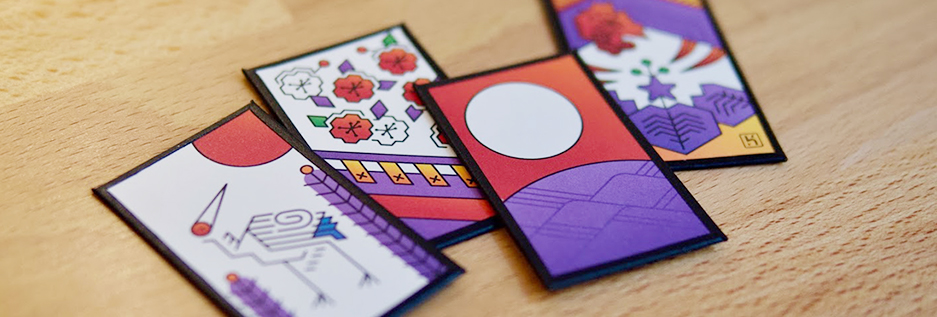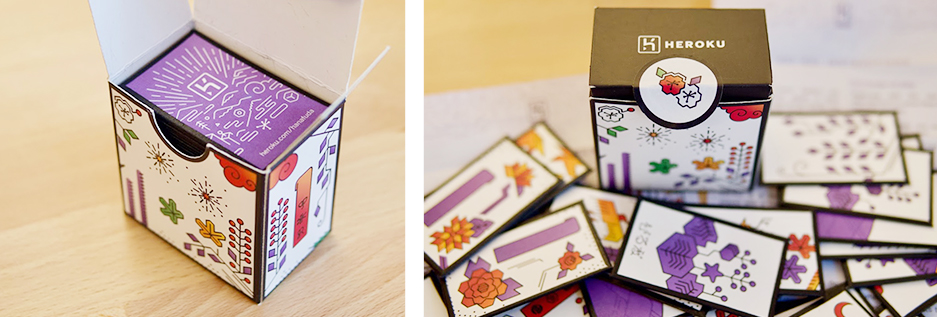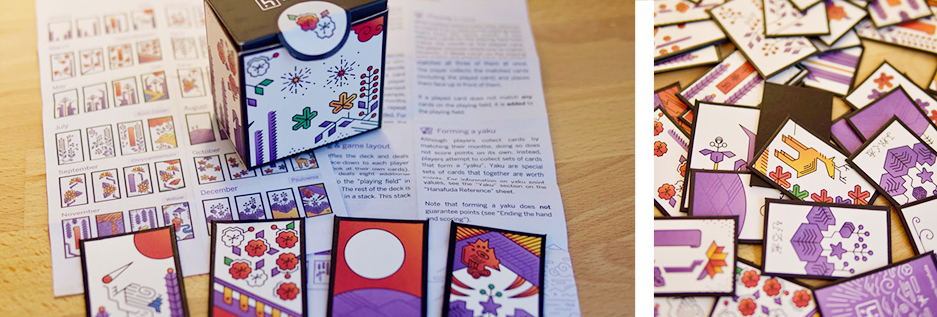Behind the scenes:
Creating the Heroku Hanafuda cards
Heroku is made up of a diverse team of people from all over the world. Our core brand exemplifies clarity, balance, and craft, so we created a deck of playing cards celebrating those values. When we decided that it was time to revisit the project, we initially explored updating the deck with a new design, but it felt too similar, like we were treading old ground. That really didn’t sit well with us. We wanted to do something new.
We began to explore, looking at different examples of card-based games. Through one of our team members we learned of Hanafuda, or “flower cards”, a gorgeous and fun Japanese card game made up of twelve suits that represent the months of the year, each with a designated flower. We could imagine nothing more perfect than bringing the unique Heroku design aesthetic to it.
We took tremendous care in looking at all the details to ensure that we remained true to the culture and heritage of the cards, while creating a deck that we could be proud of.
Here is a little of our story.
Meet the Designer

Lynn Fisher
Lynn is an incredible illustrator, artist, developer, and creative visionary. We were thrilled to collaborate with her and the team at &yet , especially having worked with them on our previous set of playing cards . She dove into the culture, history, and possibilities of a modern take on Hanafuda cards, bringing her unique perspective and style to every aspect of the set.
The design process
Concept
Hanafuda has been around for hundreds of years and has a very recognizable style. The cards have special significance and represent months of the year. Heroku also has a distinctive style, one we take great pride in. Herein lay the challenge: How do we make the cards recognizable to experienced Hanafuda players, but also make them feel like they came from Heroku?
We took inspiration from existing playful Hanafuda decks, which embrace a dizzying array of different styles. From iconic characters in the Mario Bros universe, through to bespoke independent sets on Kickstarter that others had already produced, we loved the creativity and passion that these communities had for Hanafuda. We thought of what was important for us—our lines, colors, and of course, easter eggs!

We started with an isometric grid, which all of Heroku linework uses, and overlaid some of our existing visual icons and the Hanafuda card elements on to these grids to translate our visuals to this new style.
Moving Forward: Packaging and Instructions
We knew that the design of the cards was only one piece of the whole package. We applied the same effort and attention to detail to each piece of the final product—the box, the instructions, and the physical cards themselves. From ensuring we were using Japanese typography appropriately, to how we explained and taught Koi-Koi (one of the most popular among the various games you can play with Hanafuda cards), we had our hands full.
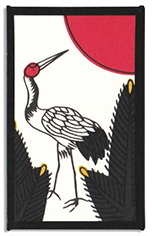
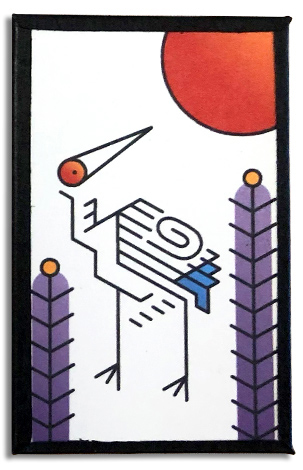

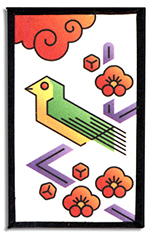
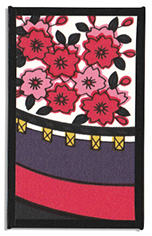


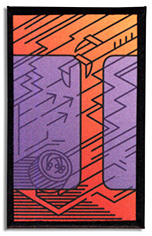
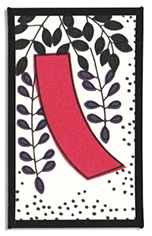
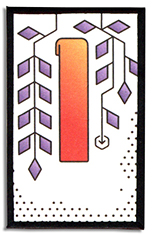
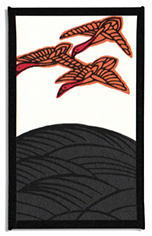
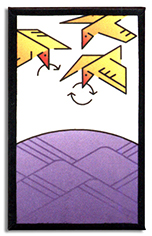
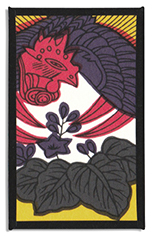
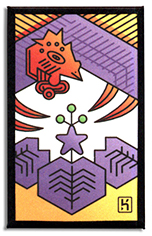
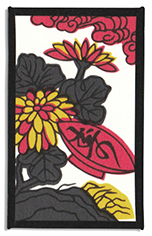
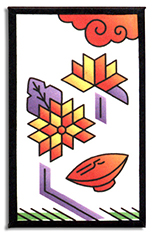
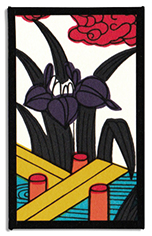
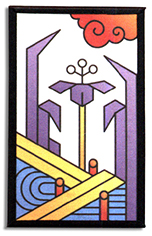
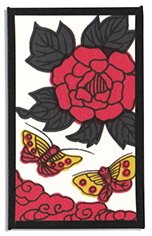

We wrote and tested the instructions multiple times to make sure that people could understand and follow them. We had workshops with the team, talking through the game and the cards themselves, and then we rewrote the instructions again. It took us even longer to find the right company to help us print these cards in the authentic way.
It was, absolutely, a labor of love. We iterated, over and over, casting aside what wasn’t working and keeping what was, in order to create something that we could be truly proud of.

We had to secure special Japanese fonts to make sure the style was correct for the cards. Who knew so much time could be spent on getting the correct font?
The Final Set

While we can’t take credit for the beauty that is Hanafuda, or for the game of Koi-Koi, we are thrilled with our final set.
Bringing Us All Together
Many of us started this journey having never played Hanafuda before. Others hadn’t played in years, and this process brought back great memories. In either case, what is true across our team is that these cards have been a source of pride, joy, and some very close matches.
We hope that, through these cards, we can inspire you to learn more about this unique game, its distinctive style, and its rich history. You can also celebrate Hanafuda with our downloadable wallpapers.
Want to know more about Heroku?
Explore the platform
